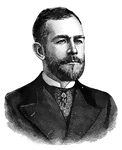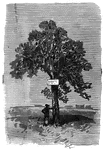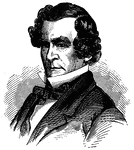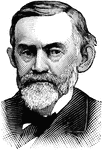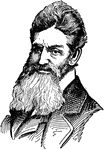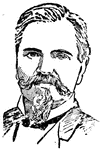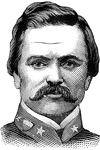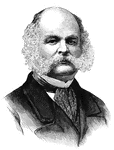
Battle of Fair Oaks
The Battle of Fair Oaks, also known as the Battle of Seven Pines or Fair Oaks Station was fought on…
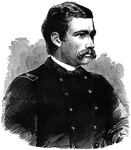
General George D. Bayard
"General Bayard, born in Seneca Falls, N. Y., December 18th 1835, died December 14th, 1862, was graduated…

Bealington
"Engagement at Bealington, Va., between Ohio and Indiana regiments and a detachment of Georgia troops.…
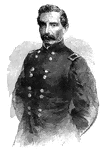
General P. G. T. Beauregard
"General Beauregard, who opened the Civil War by bombarding Fort Sumter, made a brilliant record during…
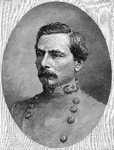
General Pierre Gustave Toutant Beauregard
Pierre Gustave Toutan Beauregard (1818 - 1893) was a Louisiana-born author, civil servant, politician,…
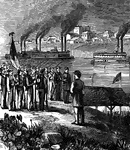
Bellaire
"Bellaire, O.- Steamboats conveying troops and munitions of war for the Federal forces on the Great…
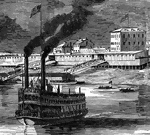
Bellaire
"Bellaire, O.- Steamboats conveying troops and munitions of war for the Federal forces on the Great…

Bellaire, Ohio
"Bellaire, O.- Steamboats conveying troops and munitions of war for the Federal forces on the Great…
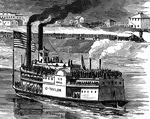
Bellaire
"Bellaire, O.- Steamboats conveying troops and munitions of war for the Federal forces on the Great…

Belle Isle
"View of Richmond, Va., from the prison camp at Belle Isle, James River. Belle Island is situated in…

Battle of Belmont
"Battle of Belmont, Mo., opposite Columbus, Ky, November 7th, 1861- Federal forces commanded by U. S.…

Battle of Belmont
The Battle of Belmont was fought on November 7, 1861 in Mississippi County, Missouri. This battle was…
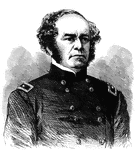
General Henry W. Benham
"General Benham, born in Connecticut in 1817, died in New York June 1st, 1884, was graduated from the…
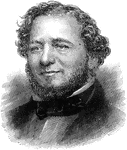
Judah Philip Benjamin
Judah Philip Benjamin (1811 - 1884) was an American politician and lawyer. Benjamin was the first Attorney…

Battle of Bentonville
"The Battle of Bentonville, N. C.- Major General Mower, commanding First Division, Seventeenth Corps,…
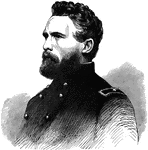
General Hiram G. Berry
"General Berry, born in Thomaston (now Rockland), Me., August 27th, 1824, died at Chancellorsville,…

Duryea's Zouaves at Big Bethel Brining Off Grebel's Body
Group of soldiers escorting a corpse on a wagon.
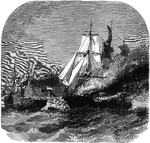
Harvey Birch
"Burning of the American merchantman "Harvey Birch," of New York, Captain Nelson, in the British Channel,…

Bird's Point
"View of the fortifications erected by the Federal troops at Bird's Point, MO., opposite Cairo, Ill."—…

Bivouac of the Eleventh Indiana Volunteers
Our special artist, who accompanied General McClellan's command, sketched the gallant Eleventh Indiana…
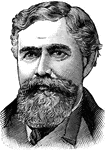
General John C. Black
Black was a general in the 37th Illinois regiment and was wounded in the battles of Pea Ridge and Prairie…

Blacksmith
"Scene in camp near Falmouth, Va. Army blacksmith shoeing a refractory mule."— Frank Leslie, 1896
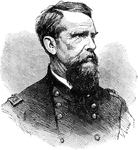
Francis Preston Blair Jr.
Francis Preston Blair Jr. (1821 - 1875) was an American politician and Union Army general during the…
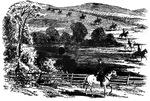
Blue Ridge
"Cavalry skirmishers advancing on the Confederate position in the pass of the Blue Ridge."— Frank…

Blue Ridge Pass
"The victory at Blue Ridge Pass, Sunday, September 14th, 1862- infantry charge, and rout of the Confederates.…

Battle of Blue Ridge Pass
"Battle of Blue Ridge Pass, Sunday, September 14th, 1862- the first Federal victory in Maryland. On…

Drury's Bluff
"Drury's Bluff, a Confederate position on the James River, near Richmond, Va. The principal Confederate…

Bogue Island
"The Federal siege works on Bogue Island, N. C., erected for the reduction of Fort Macon. Our sketch…
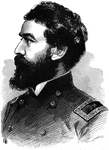
General John M. Brannan
"General Brannan, born in the District of Columbia in 1819, was graduated from the United States Military…
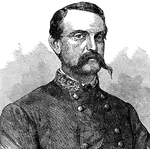
John C. Breckinridge
General John C. Breckinridge (1821 - 1875) was a lawyer, U.S. Representative and Senator from Kentucky,…

Howard's Bridge and Mill
"Advance of the Federal troops, near Howard's Bridge and Mill, four miles from Big Bethel, on the road…

Irish Brigade
"The Irish Brigade to the Rescue." The Irish Brigade was an infantry brigade made up of mainly Irish…
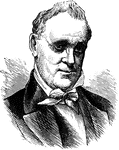
James Buchanan
(1791-1868) James Buchanan, fifteenth president of the United States, largely remembered for his failure…

Simon B. Buckner
(1823-1914) U.S. Army officer and a general in the Confederate States Army during the American Civil…

Bucktail Recruit
"Recruiting in Philadelphia, Pa., for the Bucktail Pennsylvania Regiment, August, 1862. This famous…

General John Buford
"General Buford, born in Kentucky in 1825, died in Washington, D. C., December 16th, 1863, was graduated…

Commencement of Bull Run
"The Confederate forces under General Jackson advancing upon the Rapphannock Station at the river. Federal…

First Battle of Bull Run
The First Battle of Bull Run is also known as the First Battle of Manassas and was the first major land…

Second Battle of Bull Run
"Second battle of Bull Run, fought Saturday, August 30th, 1862, between the Federal forces commanded…
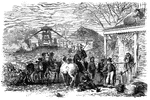
Bummers
"Sherman's 'Bummers' foraging in South Carolina. Our artist sent us with this sketch of 'Bummers Foraging'…

Burlesque Dress Parade
"Soldiers participating in a burlesque dress parade. Thanksgiving festivities at Fort Pulaski, Ga.,…

Burnard's House
Alfred Burnard's house stood two miles below Fredericksburg, near the river. The Englishman's estate…
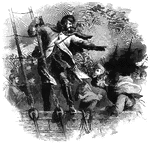
Burnside Expedition
"Burnside Expedition- the fleet and transports off Hatteras during the storm- the general giving orders.…

Burnside Expedition
"The Burnside Expedition- melancholy deaths of Colonel J. W. Allen, Surgeon Waller and the Second Mate…
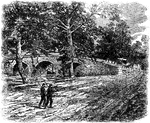
Burnside's Bridge
Burnside's Bridge is a landmark on the Antietam National Battlefield near Sharpsburg, Maryland. During…
Burnside's Corps
"The war in Virginia. Burnside's corps charging the Confederate position on the right of the enemy's…
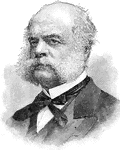
General Ambrose Everett Burnside
Ambrose Everett Burnside (1824 - 1881) was an American soldier, railroad executive, inventor, industrialist,…
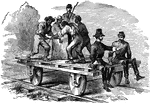
General Burnside
"Traveling in state"- General Burnside on the road from New Berne to Beaufort, N. C.
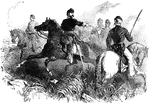
General Burnside
"Major General Burnside assuming command of the Army of the Potomac- issuing orders to his staff. 'Headquarters,…
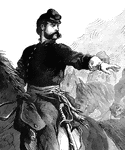
General Burnside
"Major General Burnside assuming command of the Army of the Potomac- issuing orders to his staff. 'Headquarters,…
